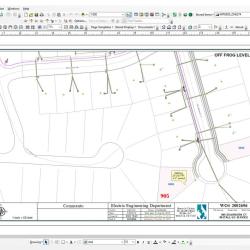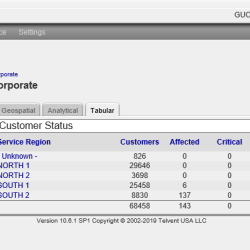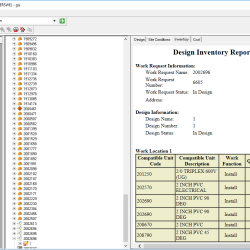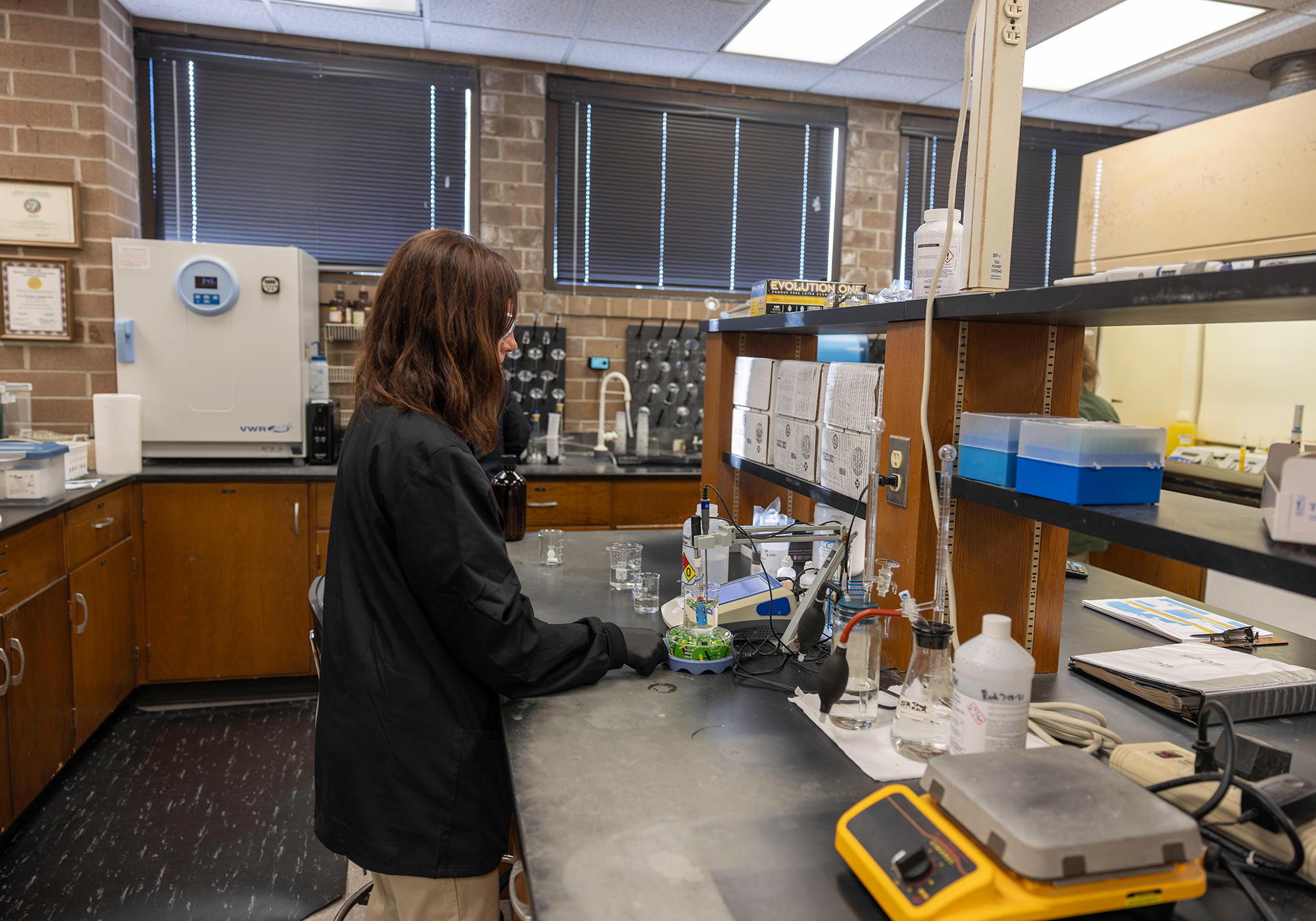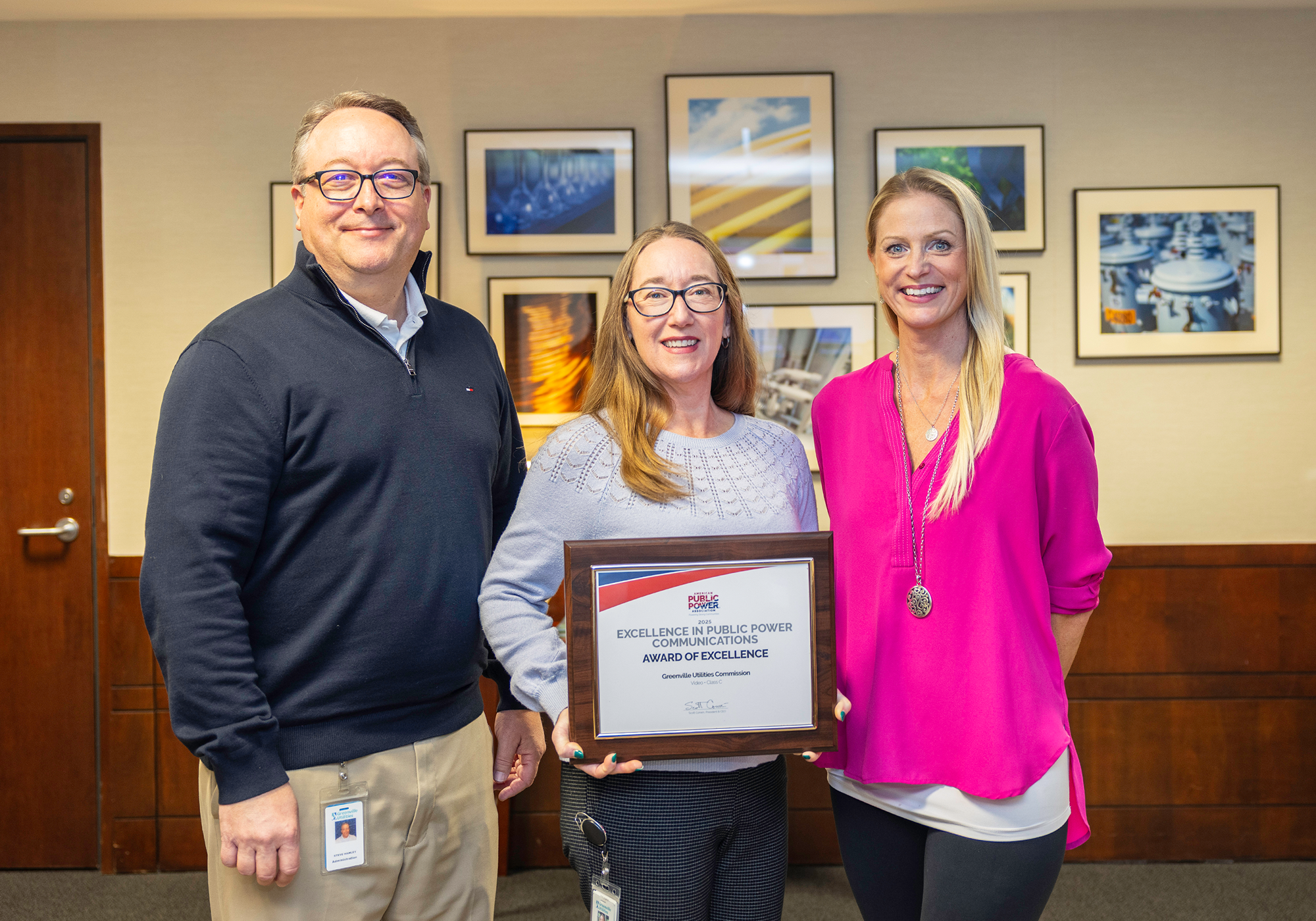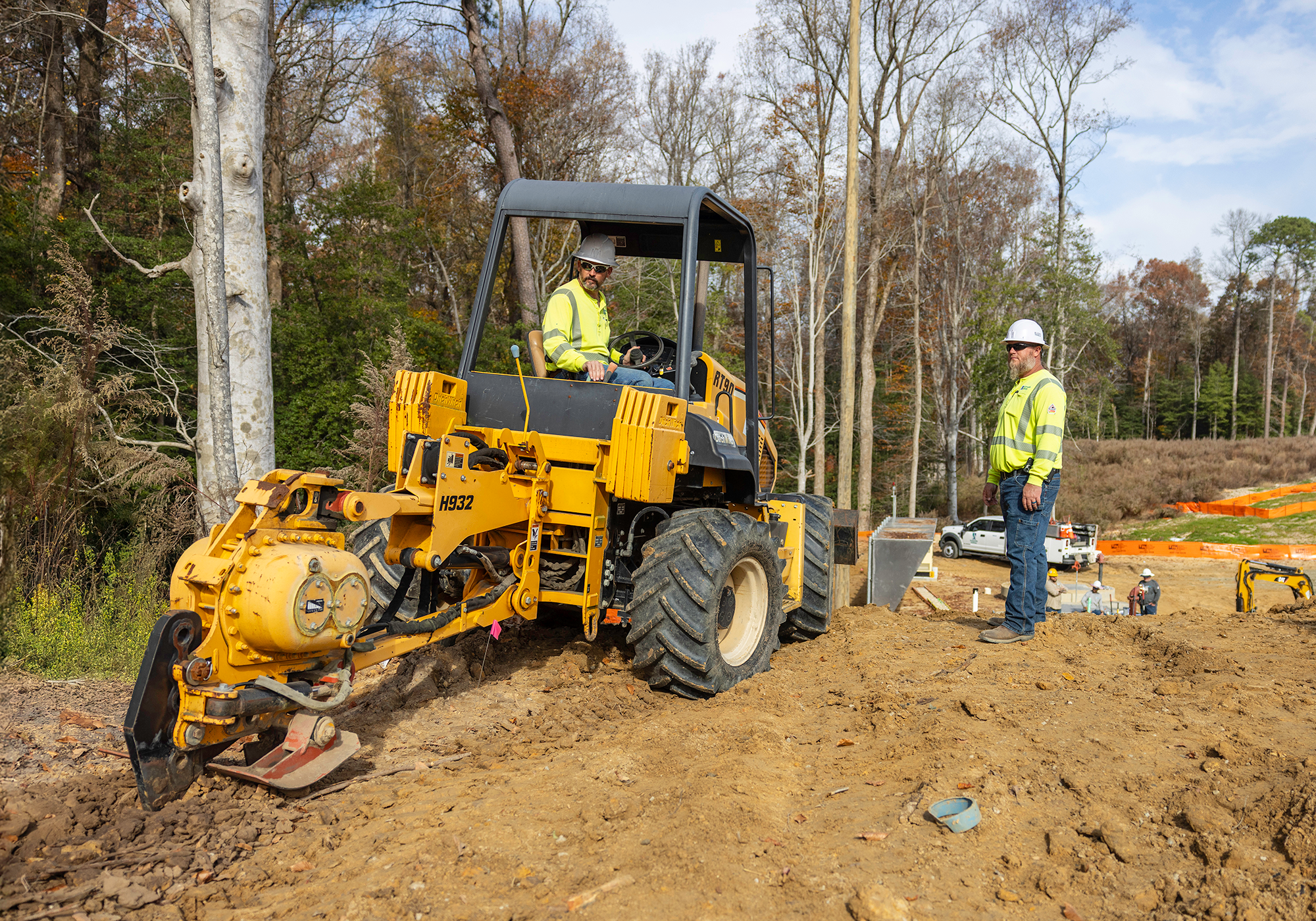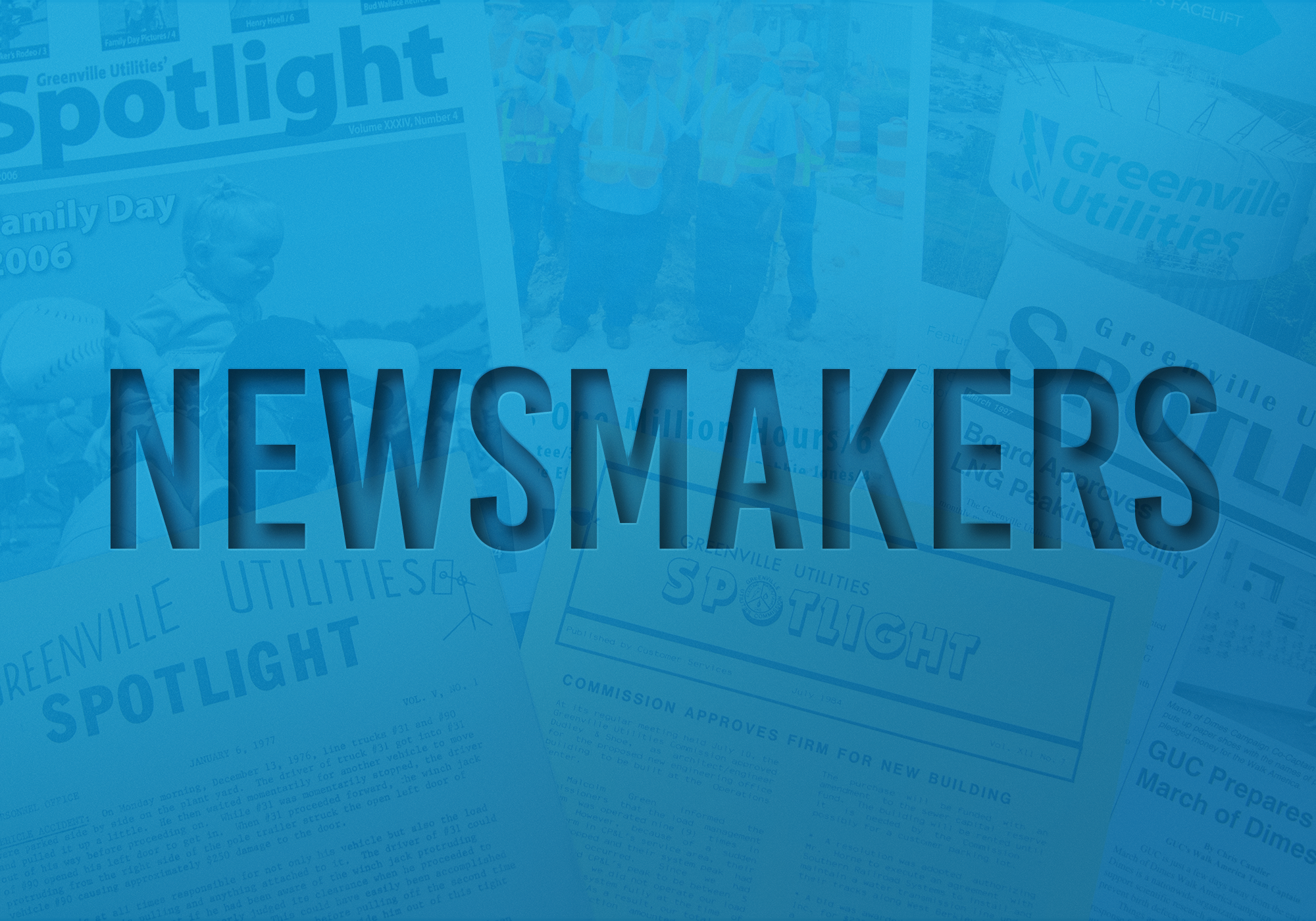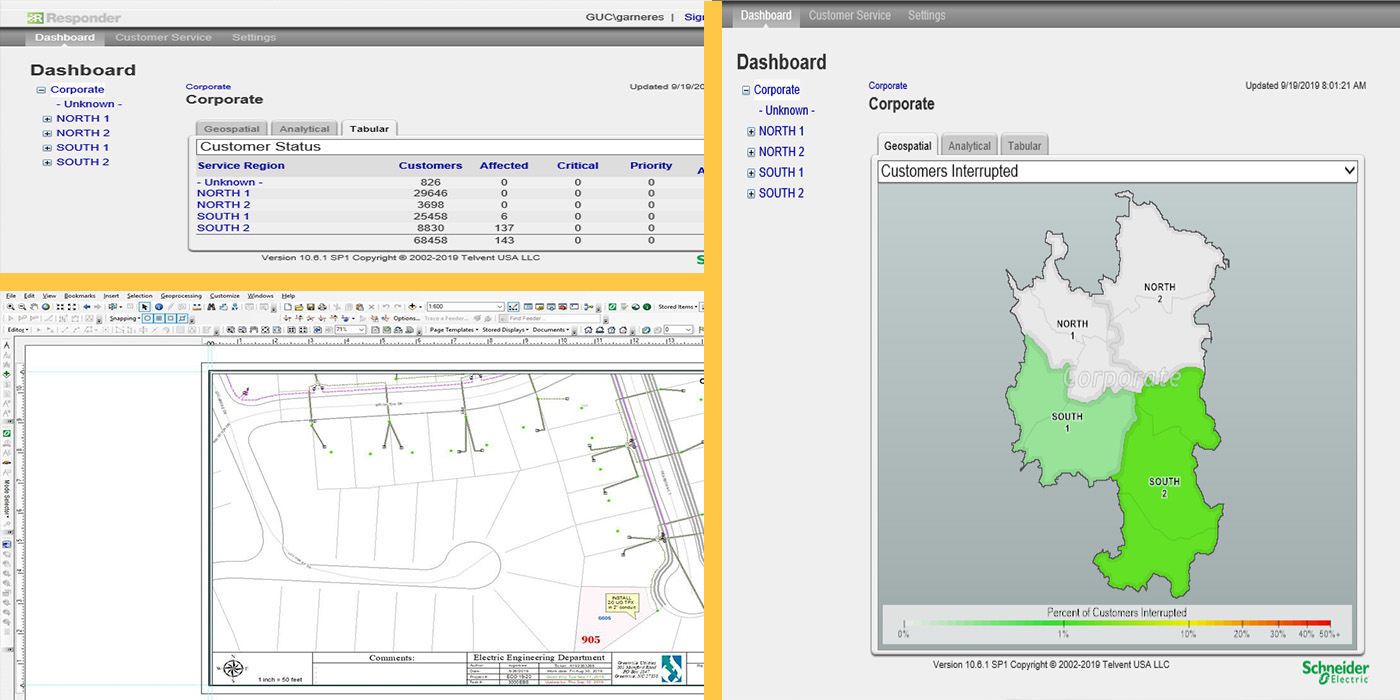
GIS Upgrades, Moving Forward
Employees in Station One, as well as operations employees who use mobile devices, recently experienced an upgrade to their Geographic Information System (GIS) software. These upgrades were mostly done in the background with no major impact to workflows, so Information Technology (IT) did not have to incorporate end-user training.
“For the most part, it looks the same to our employees, but they may notice some minor enhancements,” said Sean Hawley, IT Systems Analyst IV.
What is GIS?
GIS is a critical component used for capturing location and data, ongoing engineering and design, and outage management. It provides our operating departments with tools for mapping, data analysis, and utility management. Examples include enhancing maps with customer information, weather, rights-of-way, and field data (like the location of a fire hydrant or transformer) as well as having the ability to better inform customers on the status of service orders or outages – just to name a few.
GIS Upgrades
The GIS software tools that were upgraded include ArcGIS, ArcFM, Designer, and Responder. While the user interface doesn’t look much different, a lot of work by many employees across GUC took place over the past year with the upgrades. All sections of Information Technology chipped in with steps such as rebuilding servers, installing software, upgrading databases, bug fixes, and more. Most of their time was spent reconfiguring and testing integrations among GIS and Work and Asset Management (WAM), Customer Care and Billing (CCB), Automated Phone System (IVR), and Supervisory Control and Data Acquisition (SCADA) system. Each operating department assisted with functionality testing, feedback, and the approval to move forward.
“There was a lot of effort behind the scenes from many people in Electric, Gas, Water Resources, and Station One in addition to our GIS Data Group and other IT teams,” said Sean. The planning phase started in October 2018, and the execution started in early 2019. Most of the work has now been completed.
“For the most part, the look hasn’t changed much, and it runs much smoother with the bug fixes,” said Electric Engineer Assistant Wendy Rogers, who assisted with testing the upgrades and providing feedback. She compared the process to moving into a new house. “It’s an opportunity to purge what we don’t need or use. Once you move in, you just need to figure out where it all goes and how it fits into the new place.”

